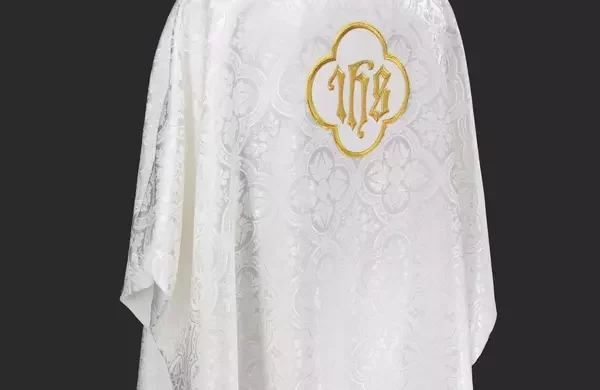
The Church, portrayed as the Bride of Christ, beautifully illustrates the profound love and faithfulness between Christ and His followers. This metaphor highlights a deep, sacrificial love akin to a marriage, as described by St. Augustine and St. John Chrysostom. It emphasizes the Church’s role in reflecting Christ’s purity and maintaining a loving relationship with Him. Ultimately, it points to a joyous future union with Christ, celebrated as the marriage supper of the Lamb in Revelation—a testament to the enduring bond between Christ and His Church.
Like this:
Like Loading...
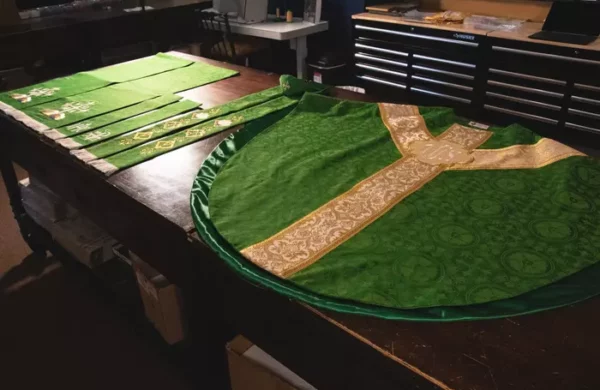
We just finished a special Epiphany set that’s different from our usual work. Using white and green fabrics, we connected the Christmas season to Lent. Our green Luther Rose brocade and white accents make this set truly special for worship. We’re now thinking about a new set with darker green Winchester fabric and elegant Venezia tapestry. Want to see our creations and what’s coming next? Visit our Facebook Page to know more!
Like this:
Like Loading...
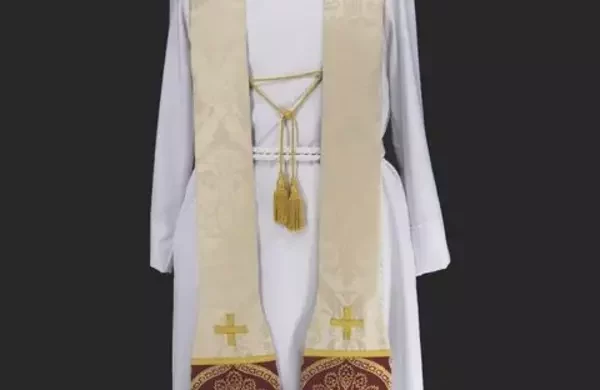
Stoles made of silk and wool are integral in Roman Catholic, Anglican, Lutheran, and Orthodox traditions, honoring sacred spaces and expressing denominational identity through intricate designs. Explore its ancient origins from Roman officials’ attire to symbolizing ministry duties
Like this:
Like Loading...
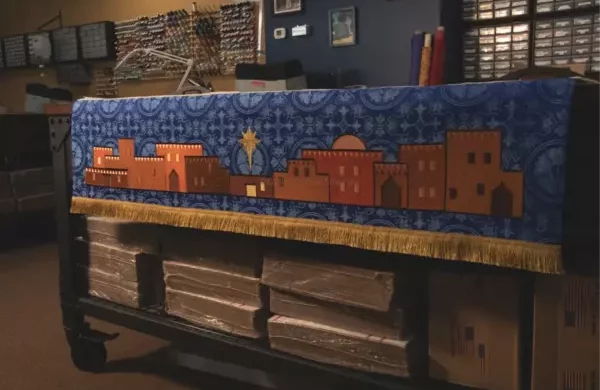
Discover the City of David Superfrontal and Advent Collection, filled with religious symbols. It represents Messianic prophecies and Christ’s lineage, reminding of His coming. Add beauty to your space with stunning designs like the O’ Sapientia, depicting God’s wisdom. Customize these pieces to fit different religious settings.
Like this:
Like Loading...
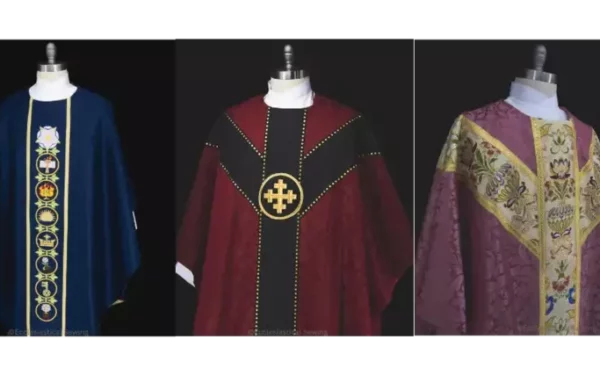
Check out our latest custom chasubles on Facebook. They show beautiful designs in both traditional and modern styles for all church seasons. Our skilled seamstresses handcraft each piece with premium fabrics, ensuring every detail matches your vision. Use our summer off-peak season to order your Advent and Christmas sets without the rush. Book now to make sure your festive preparations are ready, as we get busy quickly during our peak season.
Like this:
Like Loading...
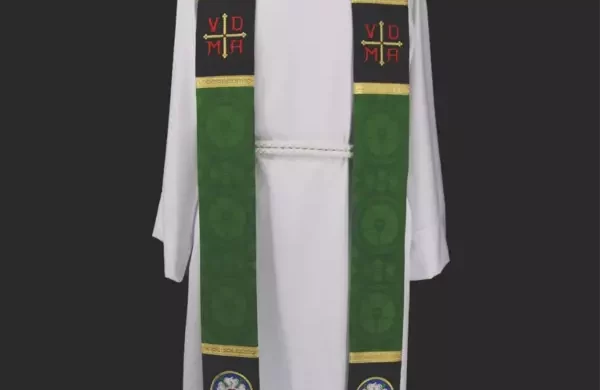
Get ready for ordination season with our diverse selection of custom-tailored liturgical stoles. We offer a variety of styles, sizes, and colors to suit everyone. Place your order early to ensure a perfect fit and make your special day unforgettable.
Like this:
Like Loading...
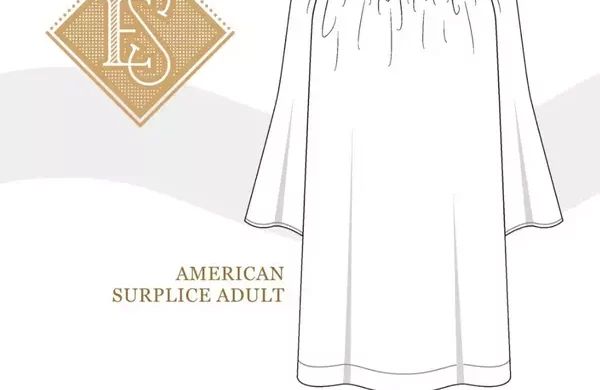
Explore our extensive collection of sewing patterns for crafting your own vestments! From timeless classics to a wide variety of designs, we’ve got you covered. Happy sewing!
Like this:
Like Loading...
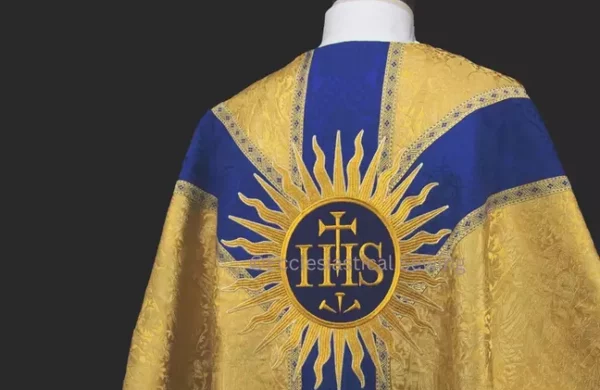
Keep stoles and vestments pristine with these tips: avoid washing, spot clean when necessary, and store in a cool, dark place. Prevent creasing and damage during travel, and don’t eat or drink while wearing them. With proper care, they can last over 50 years.
Like this:
Like Loading...
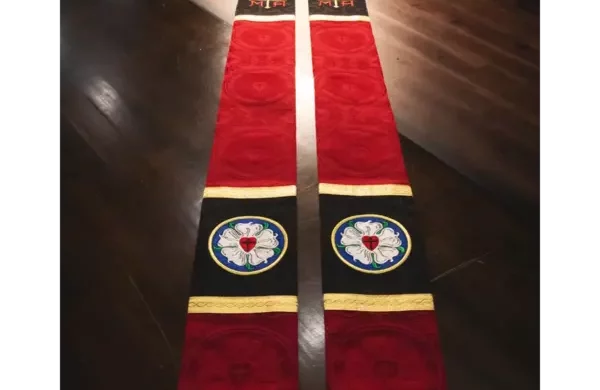
Experience the joy of ordination season with our custom stoles, symbolizing your commitment and faith journey. Choose from a variety of styles, shapes, and colors to suit your preference. Order now to ensure timely delivery and make your special day unforgettable.
Like this:
Like Loading...
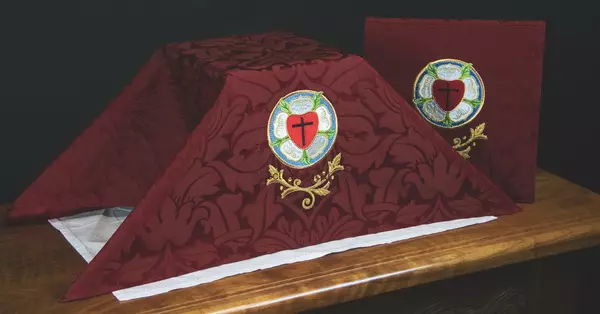
Discover our exquisite Chalice Veils, carefully made by skilled seamstresses in the USA. We use the best European fabrics for beautiful, high-quality designs. Our unique embroidery adds a special touch, showing our love for tradition. As a family business, we create vestments that respect our craft and your faith. Choose us for elegant, well-made pieces that honor the sacred.
Like this:
Like Loading...
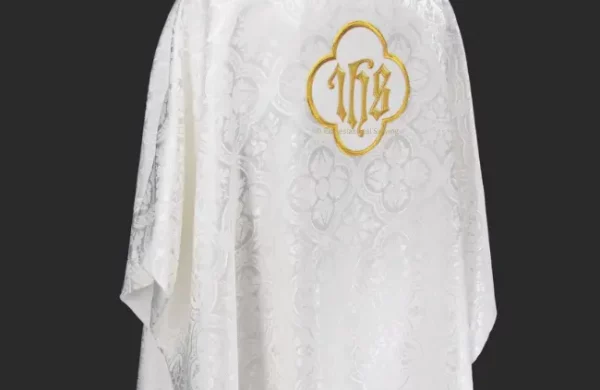
The IHS Christogram, derived from the Greek name of Jesus, symbolizes faith and devotion. Its use dates back to early Christianity but gained prominence in the Middle Ages. Popularized by Saint Bernardine of Siena, it became an emblem of the Jesuits, signifying their mission to spread the light of Christ.
Like this:
Like Loading...
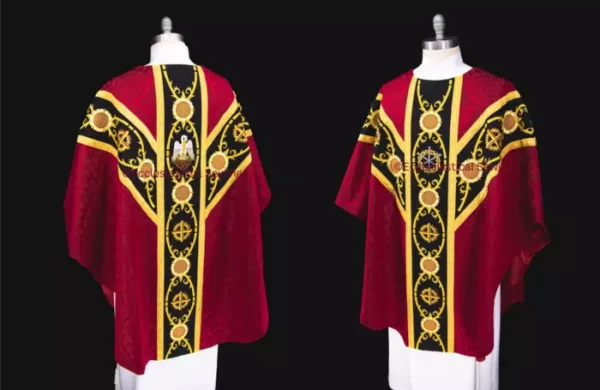
The use of “Ox Blood” during Holy Week symbolizes Christ’s Passion, while a unique set, featuring a mother pelican motif, embodies sacrificial love and redemption. This collection blends tradition with personal significance, celebrating enduring faith themes.
Like this:
Like Loading...
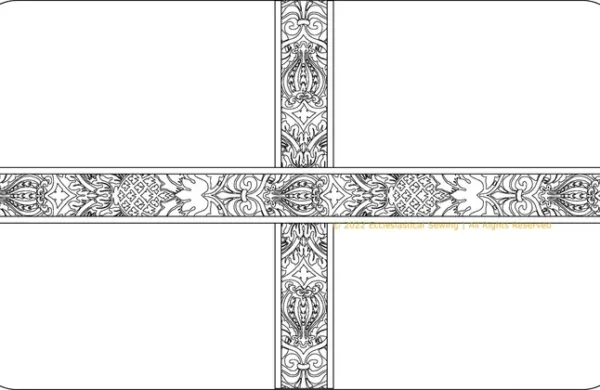
The word pall comes from the Latin pallium meaning cloak. Thus a cloak or covering – a pall – is placed over the casket, or in ancient times, the body, of the deceased when a casket was not affordable. The use of funeral palls has a long-standing tradition dating back to at least the Middle Ages. During this time, the cloth was often rich or brightly colored, and palls were often richly embroidered. In America and Canada, the palls used today are often white. Palls may be decorated with embroidery or contrasting fabrics.
Like this:
Like Loading...
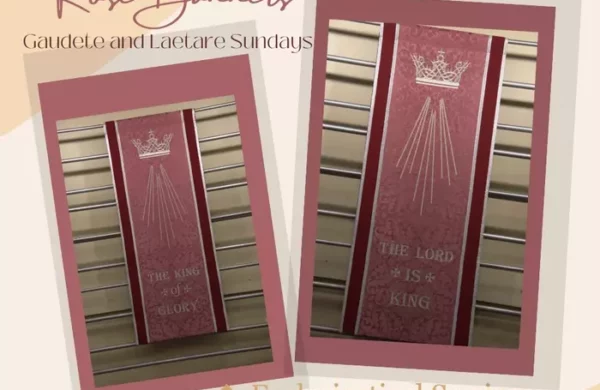
Church Banners with their vivid colors and intricate designs, have adorned houses of worship for centuries. In the early Christian era, when worship was often conducted in secret due to persecution, banners provided a means of discreetly identifying meeting places. The history of church banners is a testament to the enduring power of visual art and religious symbolism.
Like this:
Like Loading...
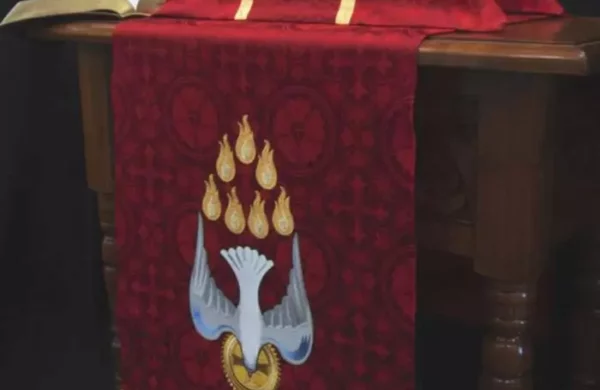
The use of the color red in the church during Pentecost is commonly attributed to its association with the flames of the Holy Spirit, which descended upon the apostles and other followers of Jesus Christ as tongues of fire. Red, as the color of fire and blood, is a natural choice to represent this element. The imagery of flames and fire is often associated with the Holy Spirit in Christian iconography, and red serves as a powerful visual reminder of the transformative power of faith.
Like this:
Like Loading...
















You must be logged in to post a comment.